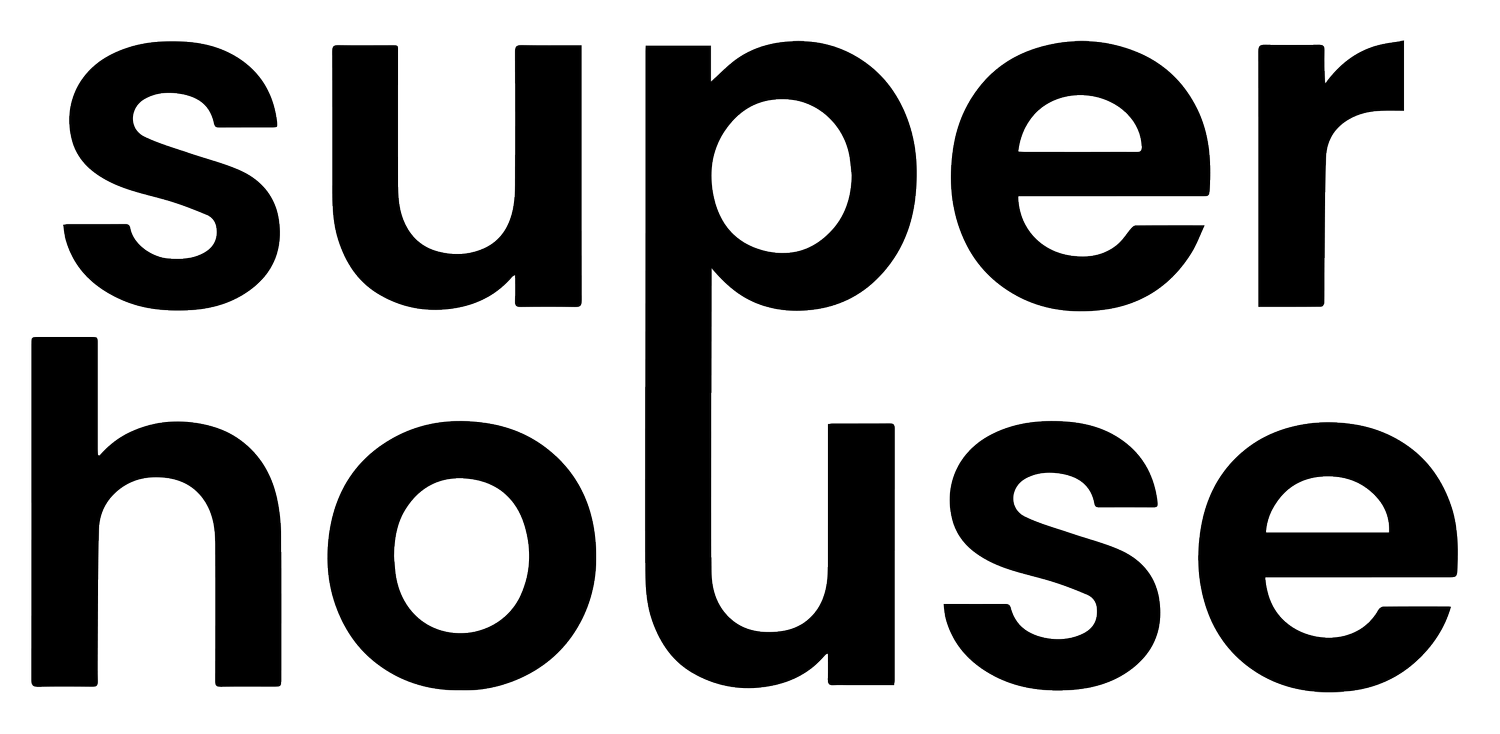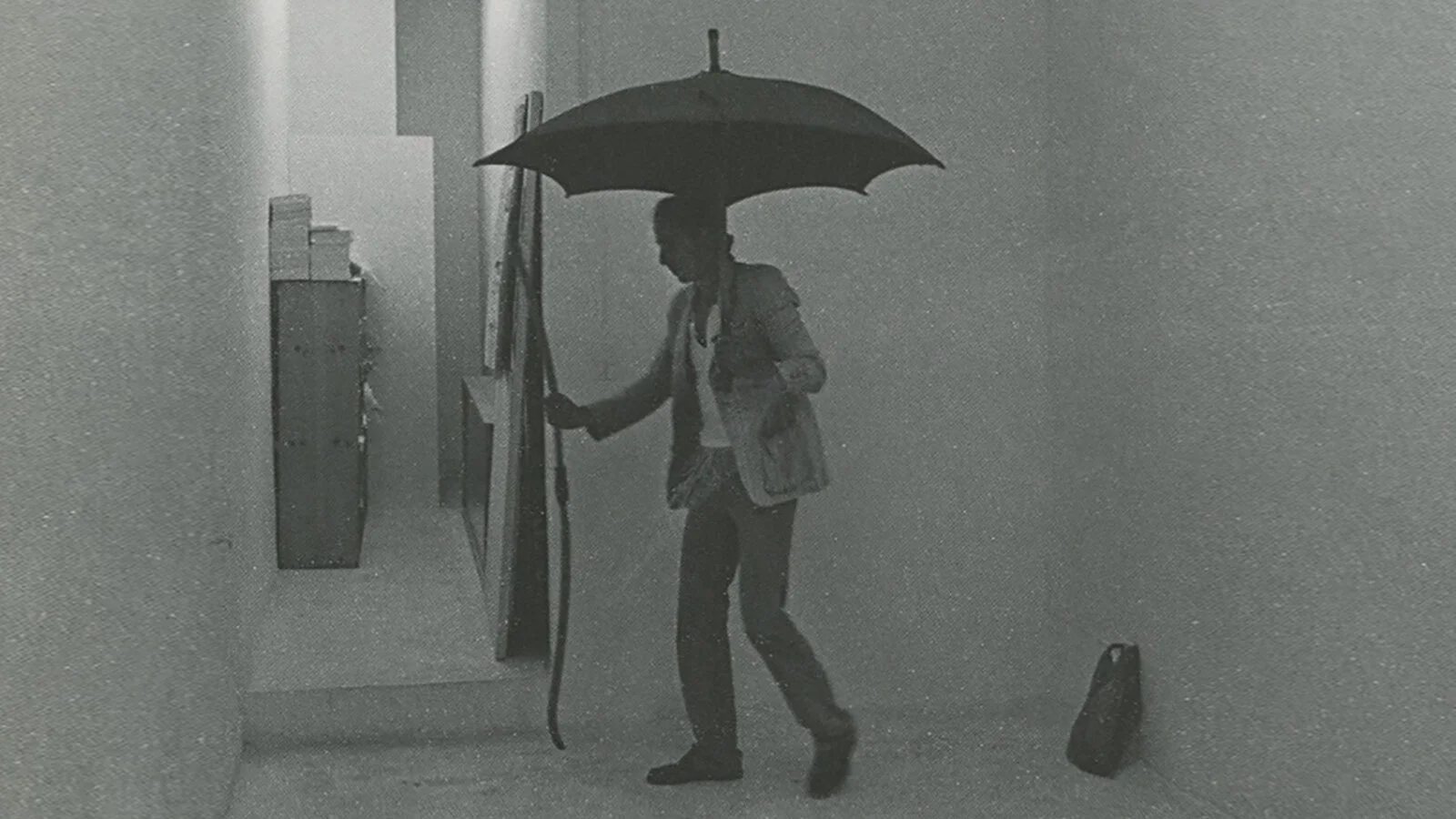Artists & Designers
An Interview with Lapo Binazzi
In March 2021, Stephen Markos, founder of Superhouse and Lapo Binazzi, living Radical design legend, corresponded to discuss Binazzi’s artistic beginnings and his early work in relation to the show, Different Tendencies: Italian Design 1960-1980. Binazzi covers everything including the occupation of Florence’s school of architecture by a group of politically-minded students, extraterrestrial chickens, a spaceship landing on a 13th century municipal building and more.
SUPERHOUSE: What prompted you to start your artistic practice?
LAPO BINAZZI: A constant rethinking of my work and the work of UFO. We were born as a group of architecture students in October 1967, with the urgency of sending to the power the imagination. We were interested in happenings like those of Christò Javaceff, poor materials such as papier-mâché, the student movement and its political implications, the visual arts and their greater freedom with respect to architecture as specific discipline, semiotics and experimental aesthetics, 1/1 scale, chicken races, and many other things. Shortly thereafter, 1968 confirmed that the direction was the right one.
What led you to start UFO?
Every month we came out of the occupied architecture building, with large inflatable objects (Urboeffimeri), that were brought to the city by surprise, disturbing the “socio-urban rites and myths and architectural.” A 300-meter, milk-white polyethylene tube, which became our favorite material, was carried around on the heads of the students. A spaghetti made of 500 meters of this tubing, was brought to the churchyard of the Cathedral of Florence, serving lunch to the faithful after mass Saturday at noon. Another example was a large supermarket "S" two meters in diameter came carried between the Duomo and the Baptistery. It was 6 meters high! And so on….
Gianni Pettena’s intervention on the 13th century. San Giovanni Valdarno town hall
Courtesy of Gianni Pettena
What were the early days of UFO like?
The early days (all of 1968) were exciting and reached its peak in July, when we participated in the "Masaccio Prize" in San Giovanni Valdarno, invited by Claudio Popovich, a young and brilliant art critic, and my dear friend. We staged a “Superhappening,” with a confrontation between female chickens from Venus and the real ones from Valdarno. The chickens’ extra-terrestrial spaceship got stuck on the roof of the town hall, designed by Arnolfo di Cambio already submitted to a radical restyling by Gianni Pettena, based on diagonal strips of paper foil, and the chicken fight began. The public didn't like it and the mayor almost quit. The people of San Giovanni continued to exchange vitriolic accusations through the posters on the walls of the city, throwing it on the political. To calm the spirits and a bring the situation back under control we held a "debate" in which members of UFO participated along with. other artists, such as Giuseppe Chiari and Eugenio Miccini, San Giovanni’s mayor, Leonardo Melani, our professor and friend, Umberto Eco and a well-known journalist, Furio Colombo.
Your Paramount lamp is available through Superhouse’s Different Tendencies show. What made you think about using the Paramount Studios logo as a symbol in your lamp design?
In that period (1968-69) the Hollywood Majors were in crisis and were selling off pieces of their productions: memorabilia, furnishings, etc. So I thought of a re-appropriation of our collective cinematic dreams, through their symbols. The idea applies to a trilogy of lamps: Paramount, MGM and 20th Century Fox (released in a single copy for now).
Tell me about the process of making the Paramount lamp? Did you work with a ceramicist? Did the lamp use a found umbrella or was it custom made?
Starting from my design and my idea, I worked hand in hand with Titti Maschietto, and then with a ceramist, Reggioli of Europa 1 and with the umbrella maker Silvano Carri of Florence. We have made some different examples for the color of the mountain and the color of the umbrella.
How many lamps were produced?
It is an "open series," precisely because, starting with the "Alchimia Collection" in 1978-79, I don't know if and how many were made.
Video of Binazzi’s performance at Documenta 8 in Kassel, Germany 1987
Courtesy of R and Company
Was the lamp the first use of the umbrella in your projects?
Probably, yes. The first drawing was from 1969. Then I also created other lamp objects such as The Valet's Umbrella in 1986 for Documenta 8 in Kassel. I also used the umbrella for one performance at Zona, a self-managed space for artists in Florence in 1972, directed by Maurizio Nannucci, for a Tribute to Duchamp, in 1975. The umbrella as a shelter, but always in tension, it has always fascinated me.
Studio Alchimia poster showing Binazzi’s some of Hollywood-inspired lamps
Courtesy of Alessandro Guerriero
How did you get involved in Studio Alchimia? What were the shows like?
In 1978 or 1979, with Alessandro Mendini and the artist Nazareno Noya, I went to visit Alessandro Guerriero, who had a firm that made anything from inspired wood furniture to stage equipment for the theater.
For some years, I had a shop-laboratory in Florence in Piazza del Limbo, which was called Casa ANAS, with my partner Isabella Musolino and some of the artists of UFO. We experimented with lamps and other objects by “conceptual” craftsmanship, recovering simple and obsolete techniques. We had put in practice the experiments of the Global Tools (mythical non-school of design) since 1975.
There was a first collection of objects that I think was called "Alchemy". And already in it was the Paramount. In 1980-81 there was the second “Bau Haus 1” collection which was more homogeneous in style, with a manifesto written by Michele de Lucchi, a pupil of Global Tools. In it Paramount, MGM, and a reworking of the $ Lamp.
UFO Manifesto
Courtesy of Lapo Binazzi
The work in Different Tendencies must be familiar to you. Do you have any strong memories of any of the works or designers on view?
Of course! I have known several. What I am most grateful for is the work of Piero Gilardi; especially his polyurethane nature scenes.
Do you see the influence of the Radical movement on artists and designers today?
Nothing has been the same since Radical Architecture and Design. Try to see the 2017 film by Francesca Molteni and Maria Cristina Didero, SuperDesign. [You can watch the film at Superhouse here].
Who was the most radical of the Italian radicals?
Me, of course!







